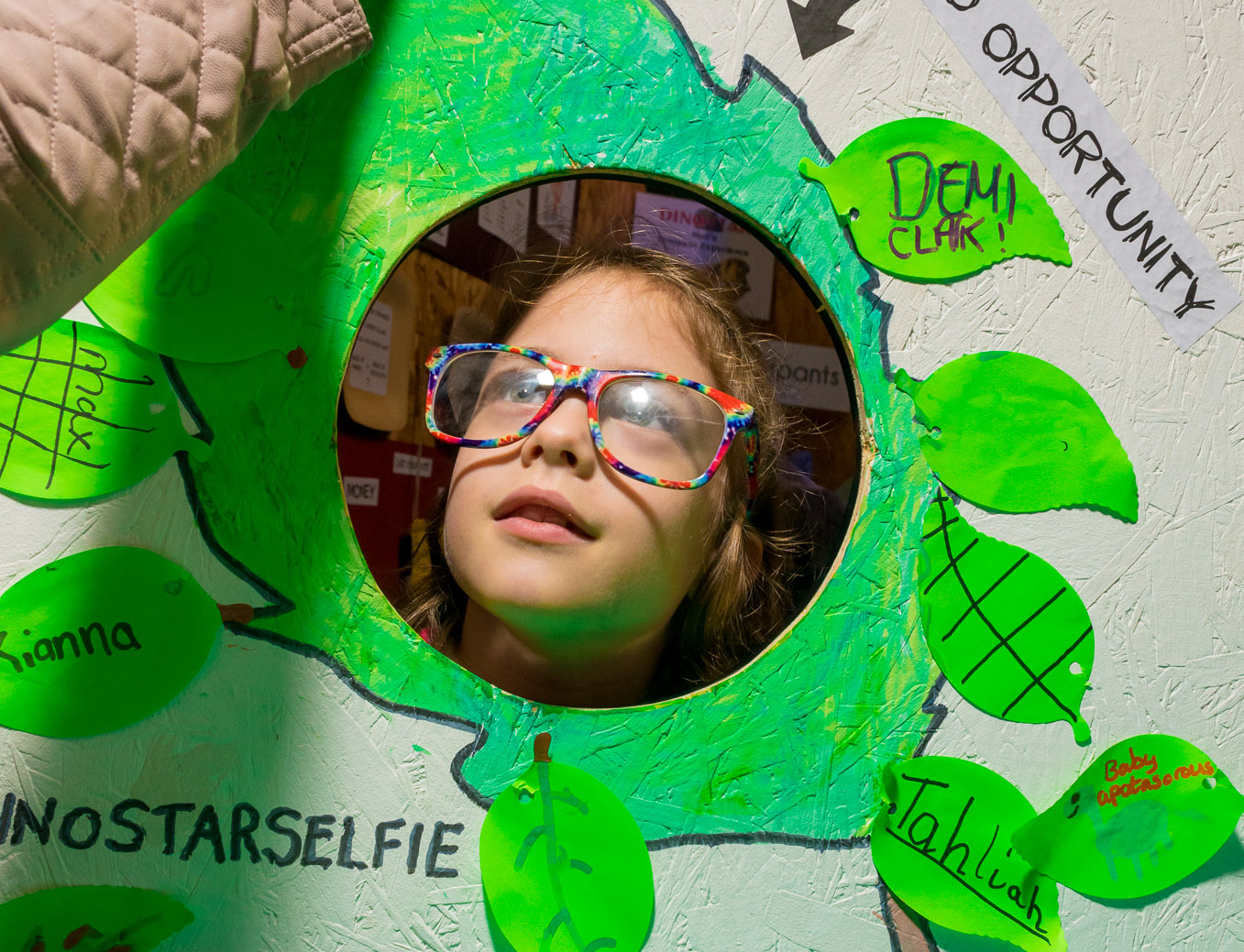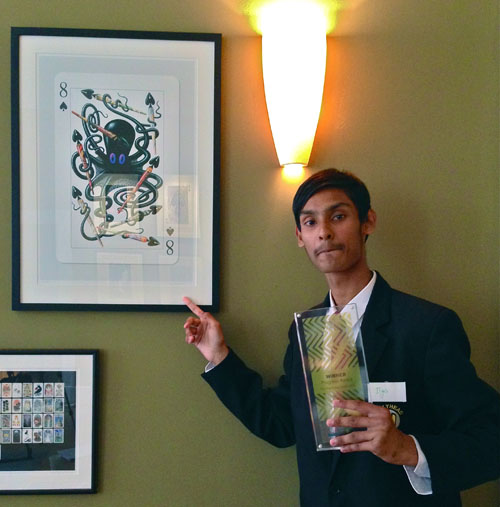How to get children excited about design
We look at some of the major initiatives offering youngsters hands-on experience of design projects.

Earlier this week we asked a series of leading designers to tell us about the first design prize they won.
A ten-year-old Graham Shearsby, now chief creative officer at Design Bridge, was mentioned on Tony Hart’s Vision TV show (although they spelled his name wrong); Bruce Duckworth, now head of design at Turner Duckworth, won the Surrey County Schools Design and Technology competition at age 13 for a go-kart painted in the colours of John Player Special cigarettes; and a six-year-old Alex Swatridge, now director at Hat-trick Design, won the Merton Park Primary School Christmas card competition.
It’s a common tale among designers that an early taste of working on a design project, or a gentle steer from a sympathetic teacher, set them on a career-path that they might never have otherwise considered.
Design education
The challenging state of design education in the UK is well documented. Just this week a survey from the National Society for Education in Art and Design showed that a third of design teachers thought that time allocated for teaching design in schools had dropped over the past five years.
While they should never be seen as a substitute for curricular design teaching, its heartening in the context of stories like this to see that there are several thriving programmes dedicated to educating and inspiring children about design.
The Design Museum has been running its Design Ventura programme since 2010, and claims that 36,000 children from schools across the country have entered in that time.

Design Ventura challenges students aged 13 to 16 to answer a brief and create a product that could be sold in the Design Museum’s shop, meaning that as well as considering design aesthetics, the children also have to think about cost, production and commercial realities.
As the Design Museum says: “[Design Ventura] places design skills in a real world context, developing creativity, problem-solving, team work and enterprise capabilities”.
This year the brief was “move” – based on the Design Museum’s imminent move from Shad Thames to Kensington – and the winning team came from Finchley Catholic High School in London.
Curricular opportunities
Their project is a rubber band-powered racing toy made from its packaging, It will be the first Design Ventura product to be sold at the new Design Museum location in Kensington and profits from its sales will go to the schools’ chosen charity, Sustainability and Environmental Education.
The Design Ventura programme is designed to offer children opportunities across Key Stages 3 and 4 of the National Curriculum and part of project is a series of workshops and resources that can be used by teachers.
A recent evaluation of Design Ventura showed that the programme had given 70% of participants their first opportunity to learn from a practising designer.

Also providing design inspiration for young people is the National Art and Design Saturday Club initiative, which was set up by the Sorrell Foundation in 2009.
The programme aims to give young people aged 14-16 the chance to study art and design at a local college or university and was inspired by Saturday art clubs that Sorrell Foundation founders John and Frances Sorrell attended in their teens.
Designer mentors
One of the project’s aims is to bring in practicing designers to teach and work with the youngsters. Recent and planned masterclasses include sessions led by Templo founder Pali Palavathanan, PriestmanGoode co-founder Paul Priestman and Tatty Devine co-founder Harriet Vine.
Past masterclasses have been held by the likes of Anthony Gormley, Jeremy Deller and Thomas Heatherwick.
Every year the project culminates with a summer show at London’s Somerset House, which last year featured the work of more than 1,200 Saturday Club members and was attended by more than 3,500.

Another recent project that provided hands-on design experience for young children was the Walking with Beasts exhibition project at Hull dinosaur museum Dinostar.
Organised with design consultancy Creative Briefs, the project aimed to give children aged between 7 and 11 hands-on experience of exhibition design. It was funded by charity Make a Difference Locally and was part of national scheme Kids in Museums.
A team of 12 children was brought together following recruitment events at Dinostar and Dorchester Primary School developed the exhibit over two Saturday sessions.
A full design project – run by children
Rebecca Shipham, from Creative Briefs, says: “The children were set the project with a real design brief, and a real client. They were visited by Clare, a member at Hull and East Yorkshire Institute for the Blind, who spoke to the children about designing a museum for people with visual impairments and how good design isn’t always about how nice something looks.
“They were also visited by a builder, and they pitched their designs to him so that he could build their exhibition.”
Shipham adds: “It was a full design project, from start to finish, the same as you would see carried out in any design agency, but run by children.”
The exhibition is at Dinostar in Hull until Easter.

Another award opportunity for youngsters comes from the Royal Society of Arts’ Pupil Design Awards, which launched in 2014 as a pilot project across RSA Academies. Judging on the project’s second year has just been completed.
The programme is inspired by the RSA Student Design Awards, which have been running for more than 90 years, and like the student awards have a focus on social challenges. This year’s cohort were asked to respond to briefs looking at issues such as classroom design and sustainable toys.
While this year’s winners have yet to be announced, the 2014 prizes included the Progress Award, which was given to the pupil who showed the most development and improvement throughout the process.
“A chance to shine”
The inaugural Progress Award was won by Ilyas Mohammed, a Year 10 student at Holyhead School who, along with his partner, developed a method of reusing grey water through a modified sink plunger.
I was a judge on the 2014 awards and Ilyas told me during the judging that when the Pupil Design Awards began, he couldn’t be bothered to take part.
After the awards, in the words of his teacher: “His enthusiasm is infectious and his motivation is undeniable…I genuinely believe he has thoroughly enjoyed participating and being given an opportunity and chance to shine.”
-
Post a comment




